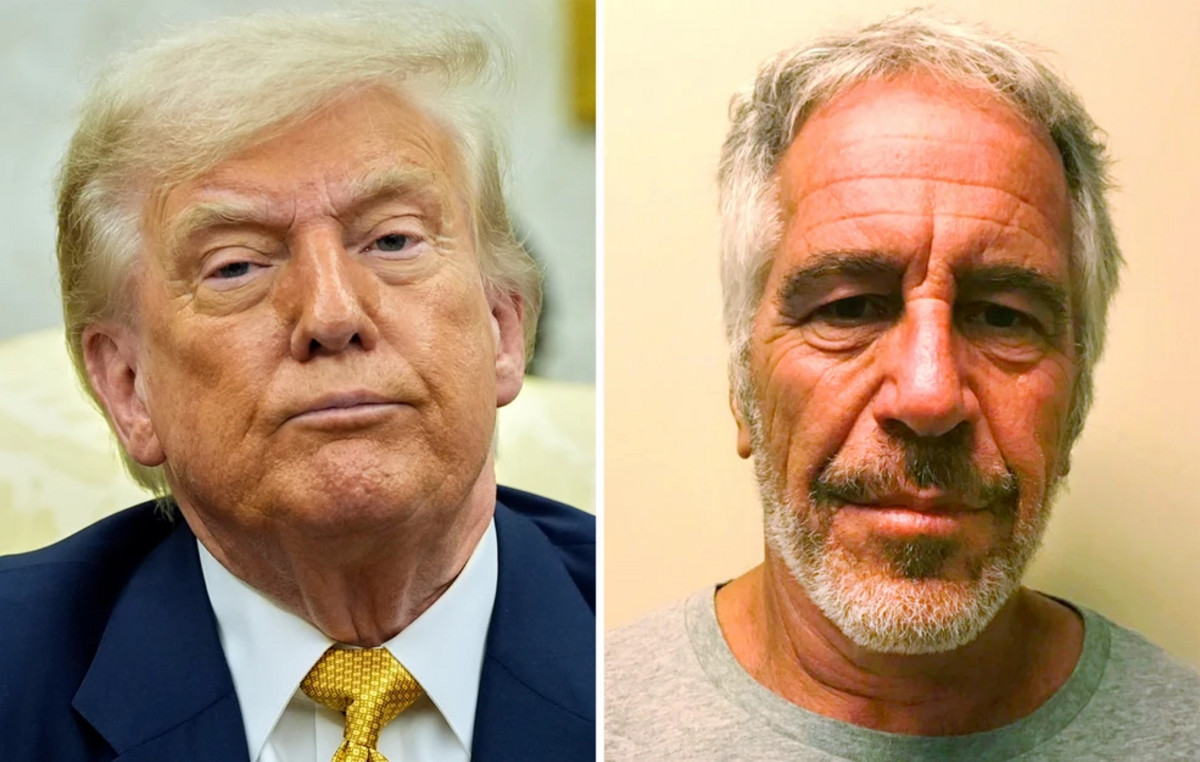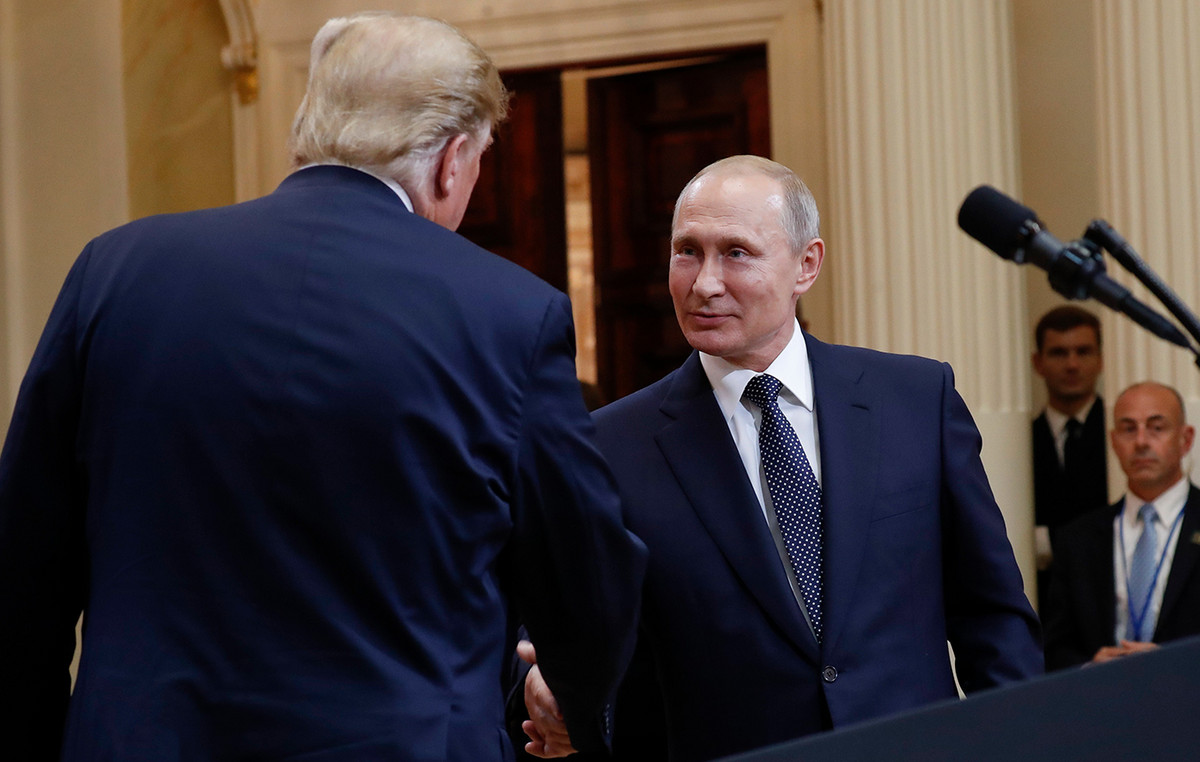Stranded for more than four months on the International Space Station (ISS) due to a malfunction in the Boeing Starliner spacecraft, American astronauts Sunita Williams and Butch Wilmore have already begun to face health problems, mainly related to prolonged exposure to microgravity and higher levels of cosmic radiation.
One of these serious problems, the way in which microgravity affects the functioning of the heart was recently tested by researchers from Johns Hopkins Medicine, in the USA. They sent 48 samples of bioengineered human heart tissue to remain on the ISS for 30 days.
In an article recently published in the scientific journal Proceedings of the National Academy of Sciencesthe authors report evidence that low gravity conditions in space have weakened heart tissues, to the point of affecting their normal rhythmic beats, when compared with samples from the same source collected on Earth.
Making heart cells

To create artificial heart tissue capable of contracting in a similar way to the human heart, the authors used a process called cellular reprogramming to create induced pluripotent stem cells (iPSCs). They have the ability to give rise to the vast majority of cell types in the human body .
Next, the authors induced iPSCs to transform into heart muscle cells (cardiomyocytes) through a process called targeted differentiation .
Named heart on a chip, this system was housed in chambers half the size of a cell phone, then sent to the ISS.
The idea was to compare the behavior of artificial heart tissues in two different environments: a control group on Earth, under the same conditions as the experimental group sent into space, except for gravity.
In the small bioengineered chip (as it interacts with the biological material), the heart tissues were stretched between two support points (posts). The configuration allows beats, in this case contractions, to be measured accurately.
What happened to the heart tissue in space?
Taken aboard the ISS by the SpaceX CRS-20 mission, in March 2020, the tissues had their liquid nutrients changed once a week by astronaut Jessica Meir, who also preserved them for later gene reading.
Data on the cells’ contraction forces were transmitted to Earth in real time for ten seconds every 30 minutes.
When the tissues returned to Earth, they were compared with the control group, which was developed in the same way as the one in space, and housed in the same type of chamber.

After 12 days on the ISS, the strength of cardiac muscle tissues dropped by half, while samples here on Earth remained relatively stable.
In space, irregular beats (arrhythmias) began to occur with the normal one-second period extending to up to five seconds. Sarcomeres, bundles of proteins that help muscle cells contract, became shorter and more disordered in space.
In addition to physical issues, the heart tissues on a chip revealed some genetic changes, such as in the mitochondria, the so-called “power plants” of cells, which appeared to be swollen and fragmented.
RNA sequencing of tissues showed an increase in the expression of genes linked to inflammation and cardiac disorders, and a reduction in those essential for cardiac contraction. These changes are normally related to human aging.
The results of the study suggest that, in addition to problems such as changes in vision, reduced muscle mass and exposure to radiation, Sunita Williams and Butch Wilmore are probably experiencing some type of cardiovascular stress at this time.
The good news, say the study authors, is that, after the one month period in orbit, the heart tissues recovered their normal beating activities.
This content was originally published in Spending 1 month in space makes the heart age quickly, according to a study on the CNN Brasil website.
Source: CNN Brasil
Charles Grill is a tech-savvy writer with over 3 years of experience in the field. He writes on a variety of technology-related topics and has a strong focus on the latest advancements in the industry. He is connected with several online news websites and is currently contributing to a technology-focused platform.







